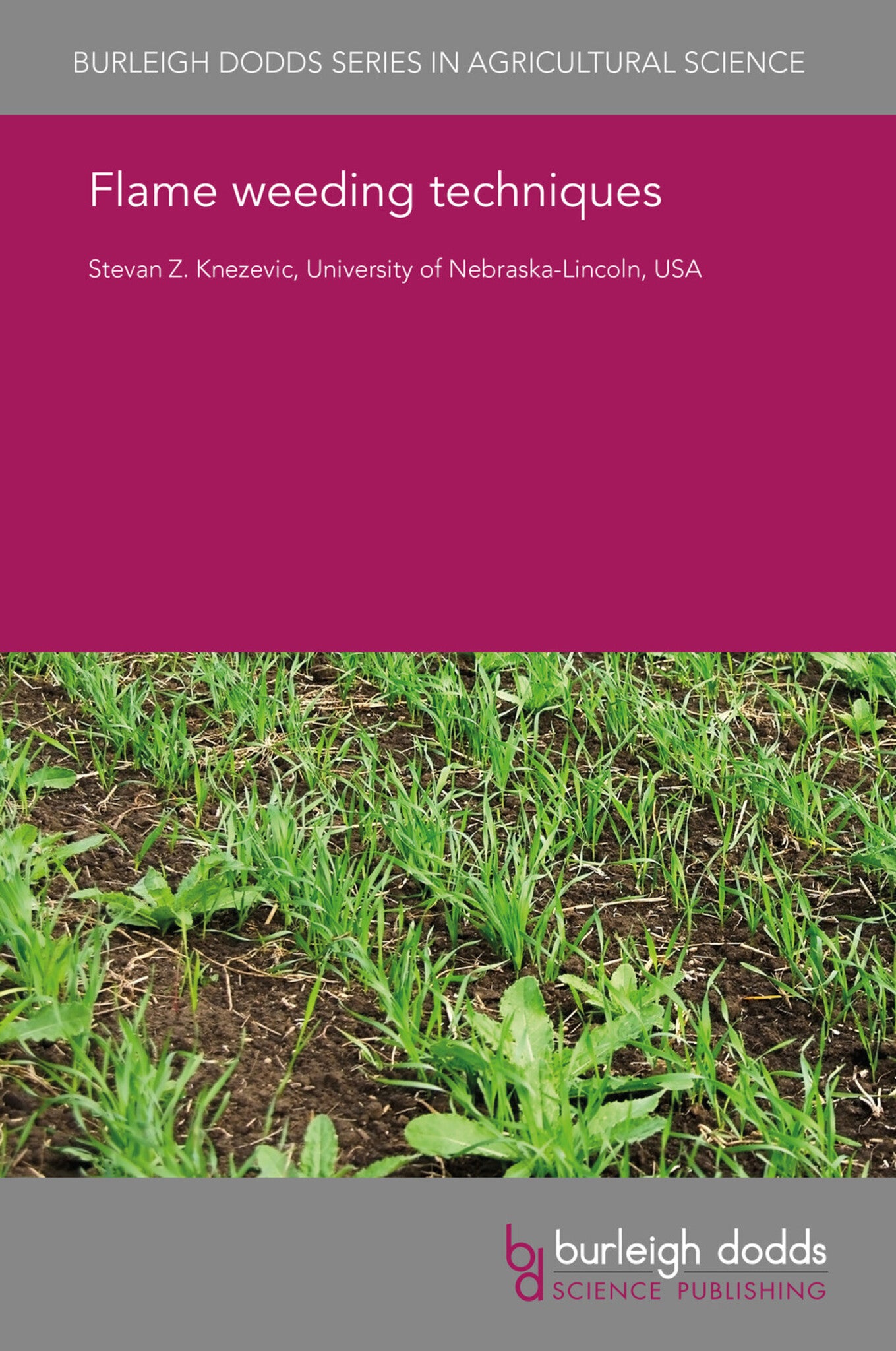We're sorry. An error has occurred
Please cancel or retry.
Flame weeding techniques
Regular price
£25.00
Sale price
£25.00
Regular price
£0.00
Unit price
/
per
Sale
Sold out
Re-stocking soon
Flaming as a vegetation control method began in the mid-1800s. It is based on utilizing heat for plant control, and has the potential to be used effectively for at least six agronomic crops (field ...
Read More

Some error occured while loading the Quick View. Please close the Quick View and try reloading the page.
Couldn't load pickup availability
- Format:
-
26 December 2017

Flaming as a vegetation control method began in the mid-1800s. It is based on utilizing heat for plant control, and has the potential to be used effectively for at least six agronomic crops (field corn, sweet corn, popcorn, sorghum, soybean and sunflower) when conducted properly at the most tolerant crop growth stage. There has been increasing interest in integrating flame weeding with conventional cropping systems, and where herbicide use is undesirable, such as in cities, parks and other urban areas. In this chapter, we review flame weeding requirements, the mechanism by which it reduces weeds and the potential uses of the technique. We also consider its advantages and disadvantages, including its potential environmental impacts.

Price: £25.00
Publisher: Burleigh Dodds Science Publishing
Imprint: Burleigh Dodds Science Publishing
Series: Burleigh Dodds Series in Agricultural Science
Publication Date:
26 December 2017
ISBN: 9781838794354
Format: eBook
BISACs:
TECHNOLOGY & ENGINEERING / Agriculture / Sustainable Agriculture, Pest control / plant diseases, TECHNOLOGY & ENGINEERING / Agriculture / Agronomy / Crop Science, TECHNOLOGY & ENGINEERING / Pest Control, Sustainable agriculture, Agronomy and crop production

1 Introduction 2 Flaming specifications, effectiveness and equipment 3 Weed response to heat 4 Uses of flame weeding 5 Advantages, disadvantages and environmental impacts 6 Future research and practical recommendations 7 Where to look for further information 8 References



